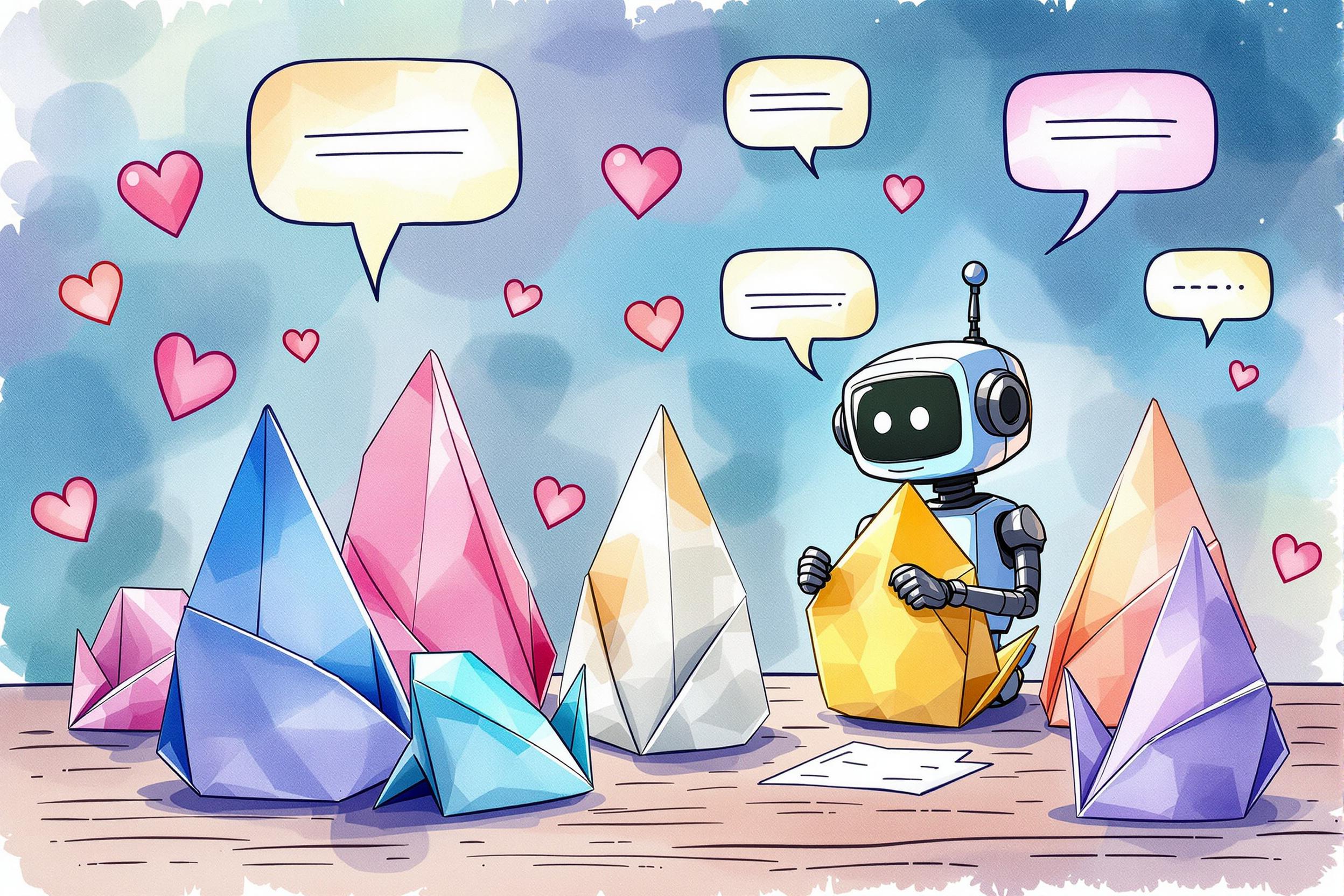
Color Temperature
Color Temperature is a way to describe how "warm" or "cool" a light appears to the human eye. Think of it like this: a candle gives off warm, orange-yellow light (low color temperature), while bright sunlight at noon looks blue-white (high color temperature). In theatrical and entertainment lighting, professionals use this concept to create different moods and atmospheres. It's measured in units called Kelvin (K), but lighting designers often simply use terms like "warm white," "cool white," or "daylight." This skill is essential for creating the right look for stages, film sets, photography studios, and other entertainment venues.
Examples in Resumes
Programmed lighting cues using Color Temperature adjustment to enhance mood transitions in theatrical productions
Designed lighting plots incorporating various Color Temperature values from 2800K to 6500K for television studio
Managed Color Temperature consistency across multiple lighting fixtures for corporate event staging
Typical job title: "Lighting Designers"
Also try searching for:
Where to Find Lighting Designers
Professional Organizations
Online Communities
Job Resources
Example Interview Questions
Senior Level Questions
Q: How do you handle color temperature consistency across different types of lighting fixtures in a large-scale production?
Expected Answer: A senior designer should discuss methods for matching different fixture types, using gels or filters, digital control systems, and maintaining consistency during long runs. They should also mention the importance of regular maintenance and testing.
Q: How do you train junior designers about color temperature concepts?
Expected Answer: Should demonstrate teaching experience by explaining practical examples, like comparing different light sources, using real-world references (sunset vs. noon daylight), and hands-on demonstrations with various fixtures.
Mid Level Questions
Q: How do you adjust color temperature for video recording versus live performance?
Expected Answer: Should explain the different requirements for cameras versus human eyes, basic understanding of camera white balance, and how to adapt lighting designs for both live and recorded situations.
Q: What color temperature would you choose for a corporate presentation versus a romantic theater scene?
Expected Answer: Should discuss how warmer temperatures create intimate moods while cooler temperatures work better for professional settings, with specific examples from their experience.
Junior Level Questions
Q: Can you explain what color temperature means in simple terms?
Expected Answer: Should be able to explain that color temperature describes how warm (yellow/orange) or cool (blue/white) a light appears, and mention some common examples like candlelight versus daylight.
Q: What's the difference between warm white and cool white light?
Expected Answer: Should explain that warm white has a yellow/orange tint (like traditional bulbs) while cool white has a blue tint (like office lighting), and when each might be appropriate.
Experience Level Indicators
Junior (0-2 years)
- Basic understanding of color temperature measurement
- Ability to identify warm and cool lighting
- Knowledge of common fixture types
- Basic lighting console operation
Mid (2-5 years)
- Color temperature matching across fixtures
- Programming complex lighting cues
- Understanding of video lighting requirements
- Troubleshooting color consistency issues
Senior (5+ years)
- Advanced color theory application
- Managing large-scale lighting systems
- Training and supervising teams
- Complex production design leadership
Red Flags to Watch For
- Unable to explain basic color temperature concepts
- No hands-on experience with different types of lighting fixtures
- Lack of knowledge about industry-standard lighting control systems
- No understanding of how color temperature affects video recording
Need more hiring wisdom? Check these out...

Culture Add vs Culture Fit in Hiring: Why It May Be Time to Rethink Your Approach

Rewiring Your Interview Templates for Better Candidate Experience

Unlocking Team Potential: Personality Mapping for Dynamic Management

